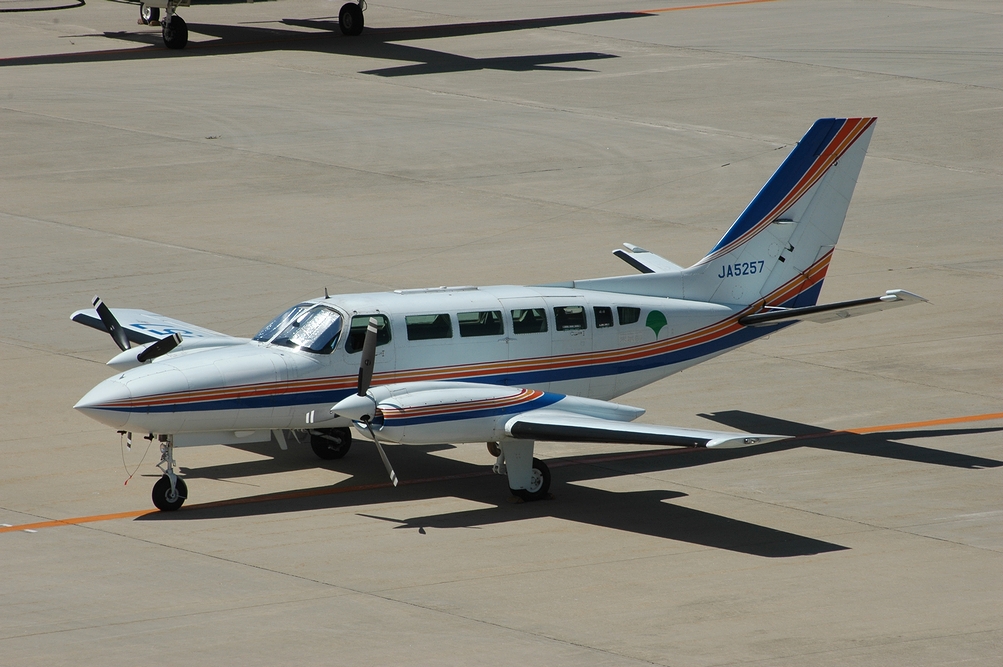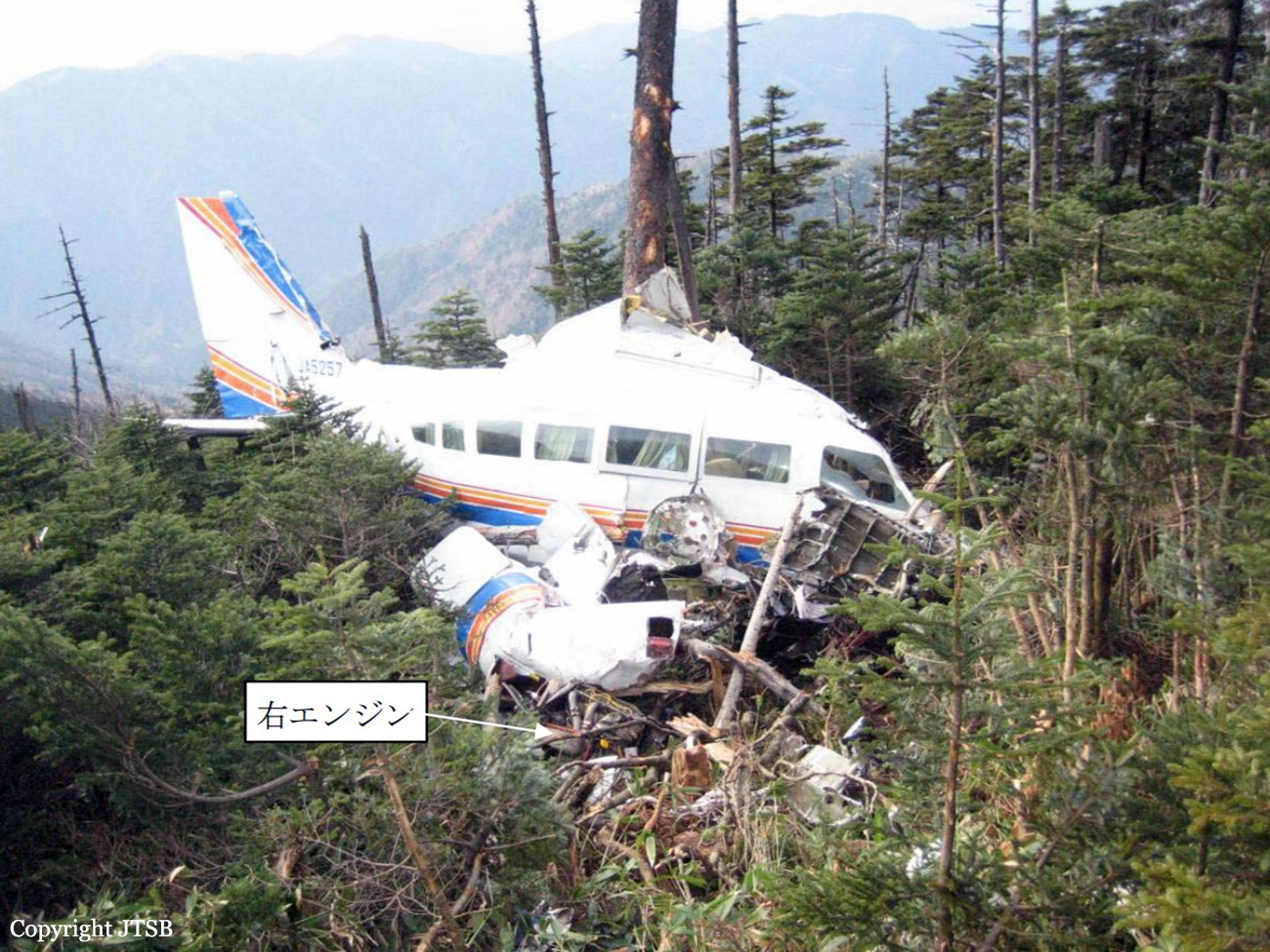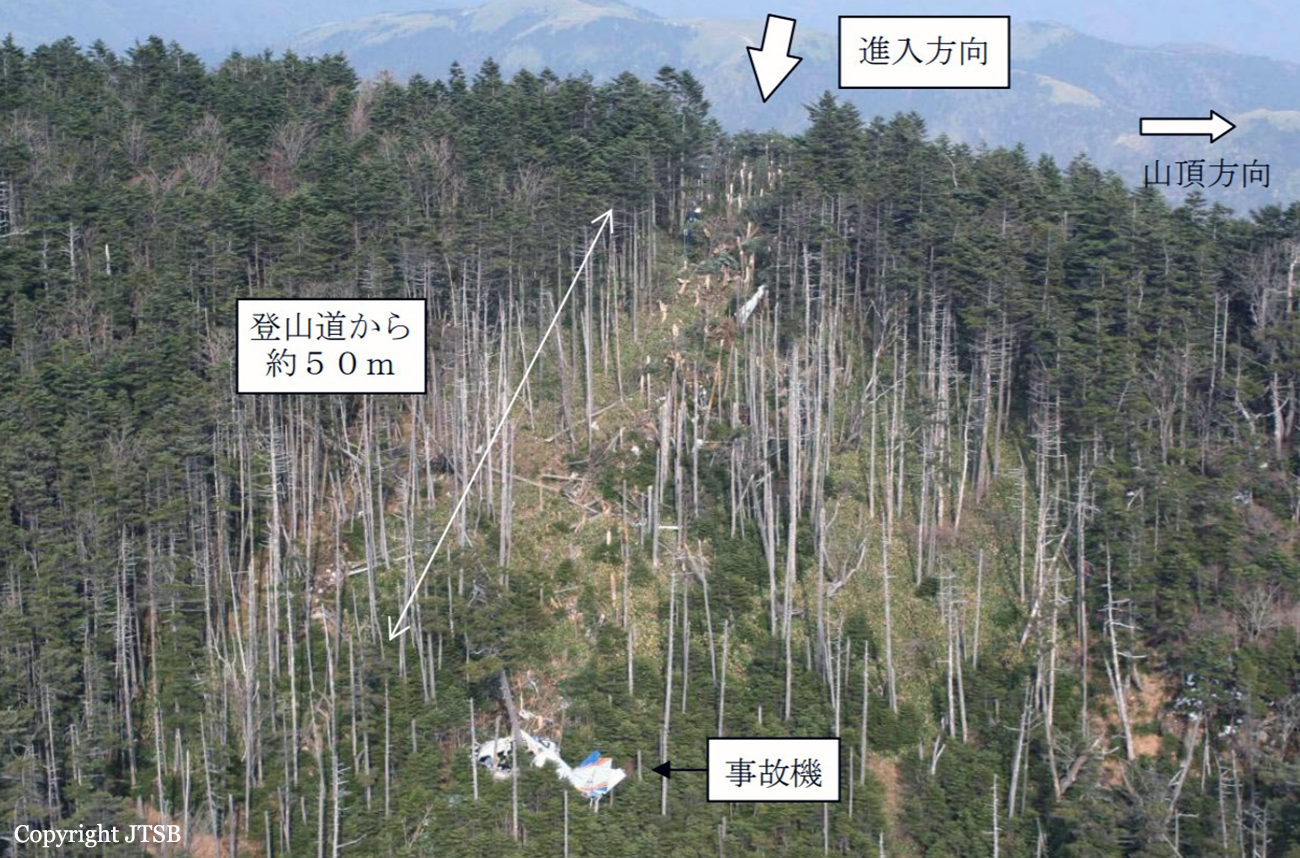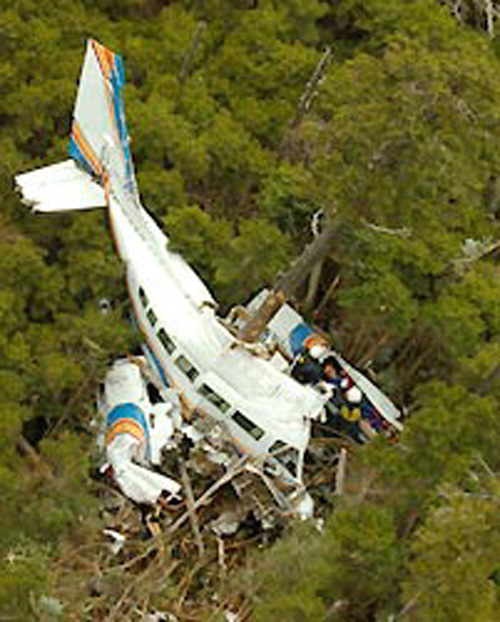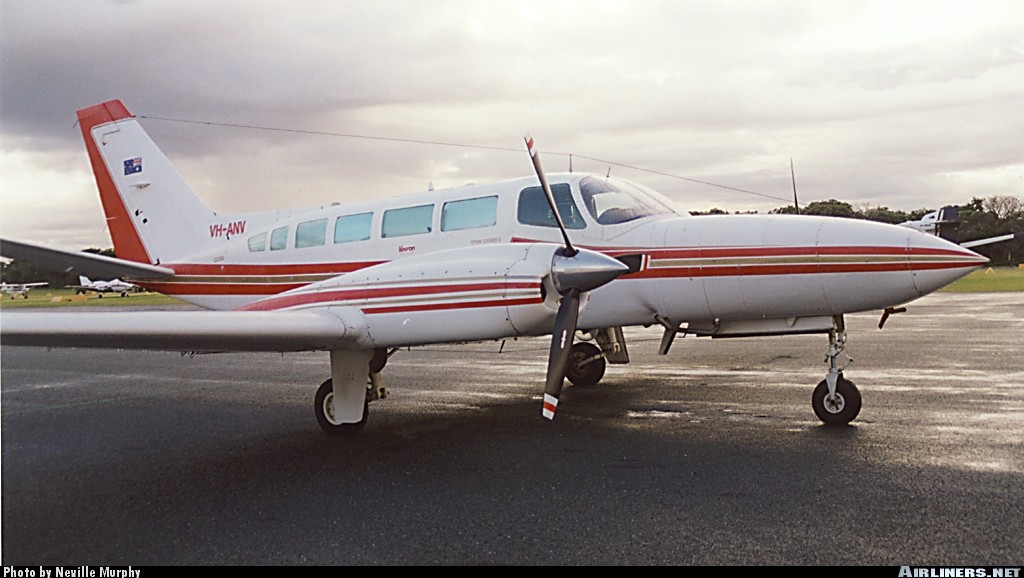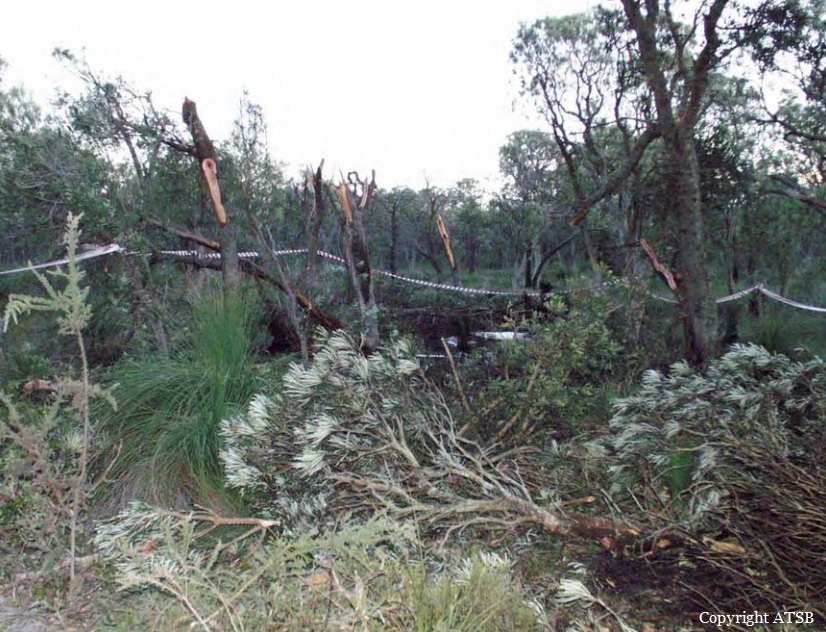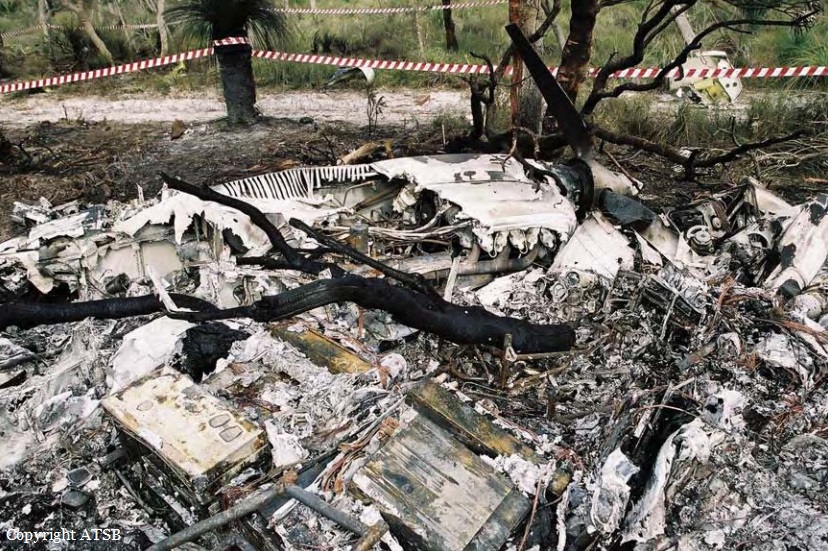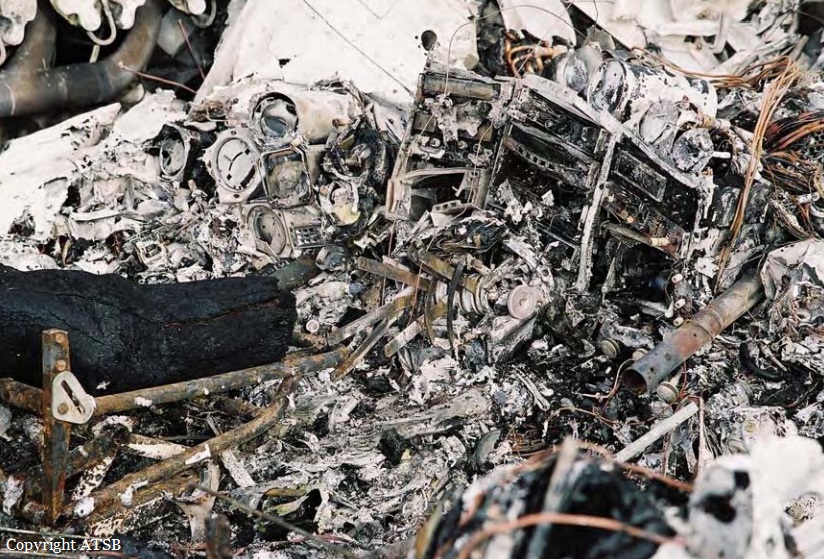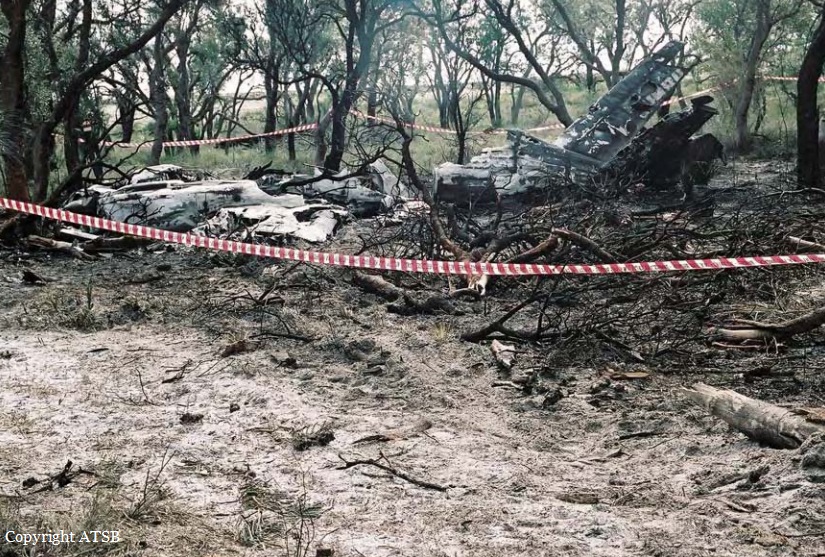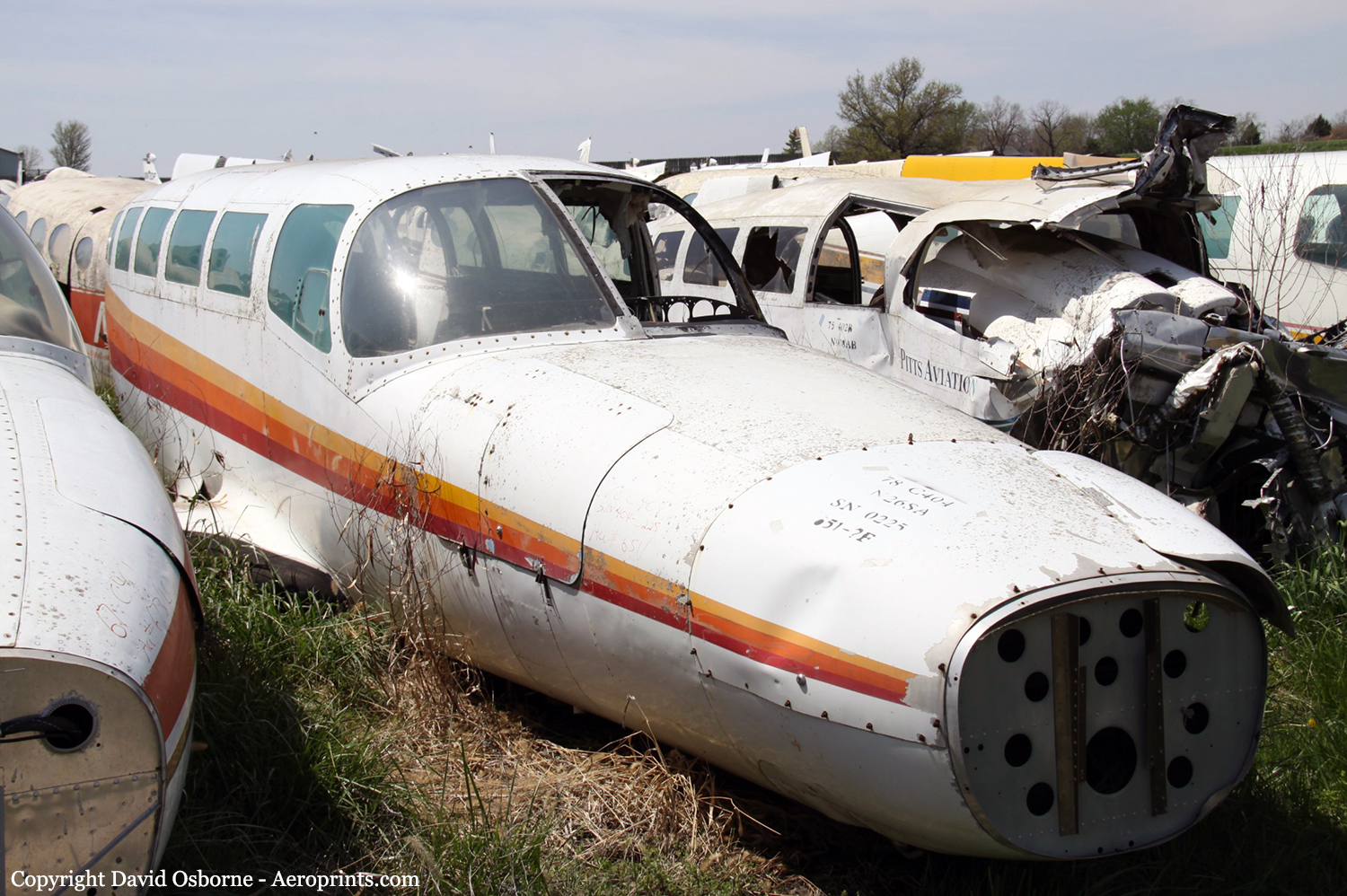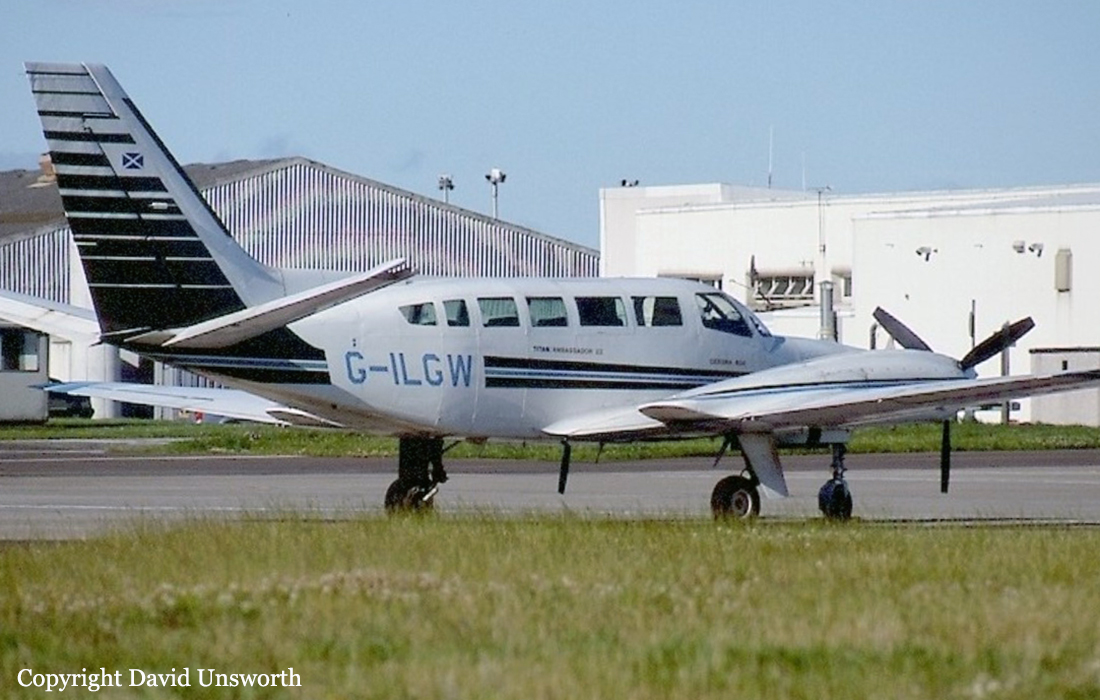Crash of a Cessna 404 Titan near Nakatsugawa: 2 killed
Date & Time:
Nov 15, 2007 at 1036 LT
Registration:
JA5257
Survivors:
Yes
Schedule:
Nagoya - Nagoya
MSN:
404-0041
YOM:
1977
Crew on board:
2
Crew fatalities:
Pax on board:
1
Pax fatalities:
Other fatalities:
Total fatalities:
2
Captain / Total hours on type:
837.00
Aircraft flight hours:
5671
Circumstances:
The twin engine aircraft departed Nagoya Airport at 0846LT on an aerial photography mission over the Mt Ena and Gifu district. Several circuits were completed over the area of Mt Ena at various altitudes and in good weather conditions. Approaching Mt Ena at an altitude of about 2,000 metres, weather conditions worsened as the mountain was shrouded in clouds. While flying under VFR mode, the aircraft entered clouds, collided with a tree and crashed in a wooded area. The copilot (a mechanic) was seriously injured while both other occupants were killed. The aircraft was destroyed.
Probable cause:
Controlled flight into terrain after the pilot decided to continue under VFR mode in IMC conditions.
Final Report:
